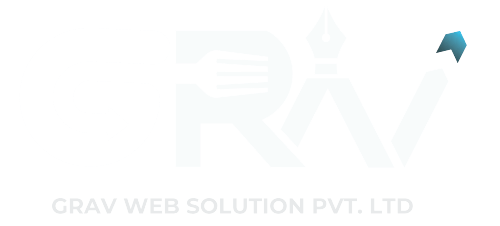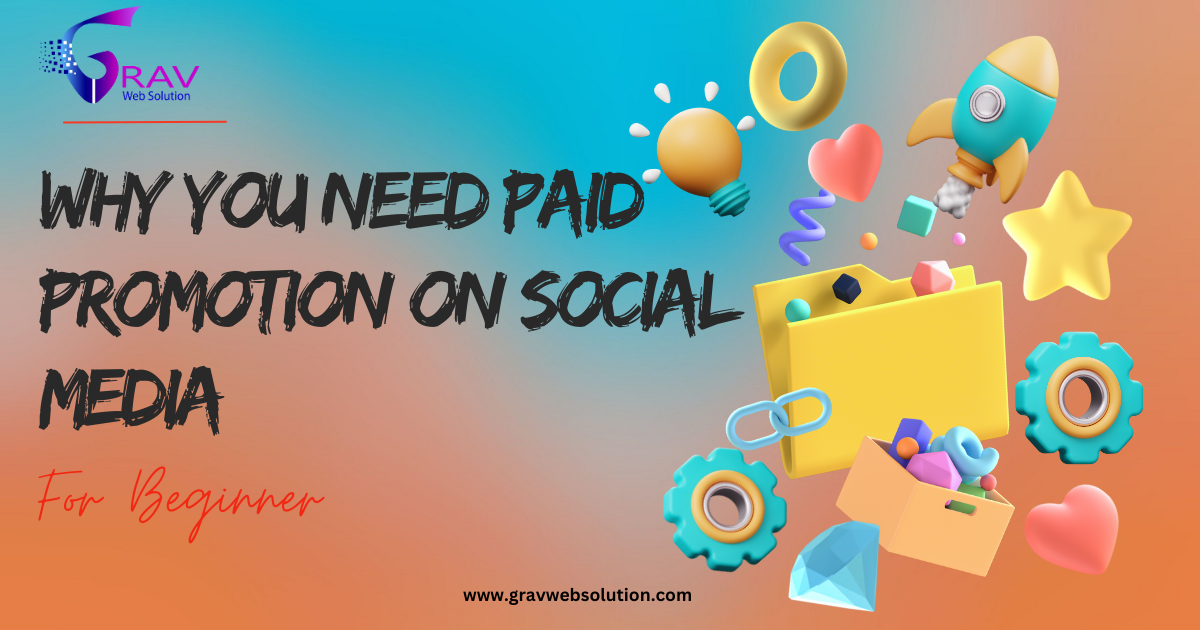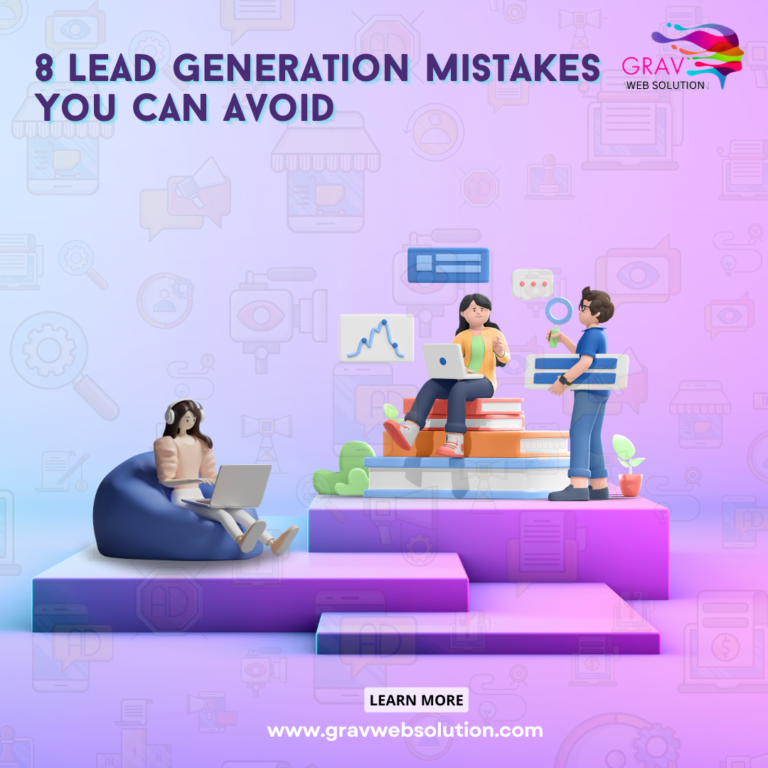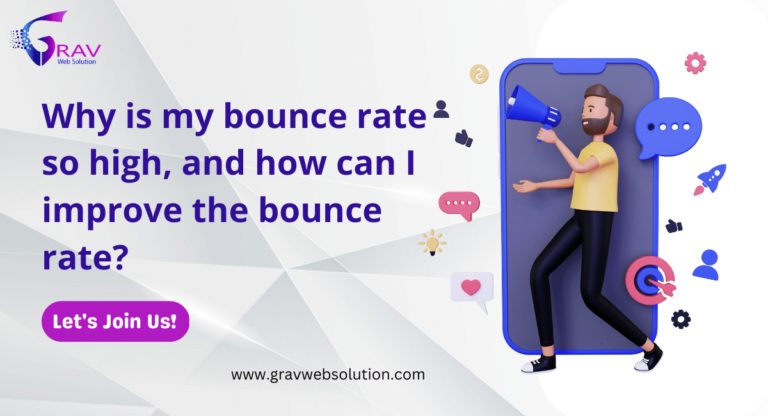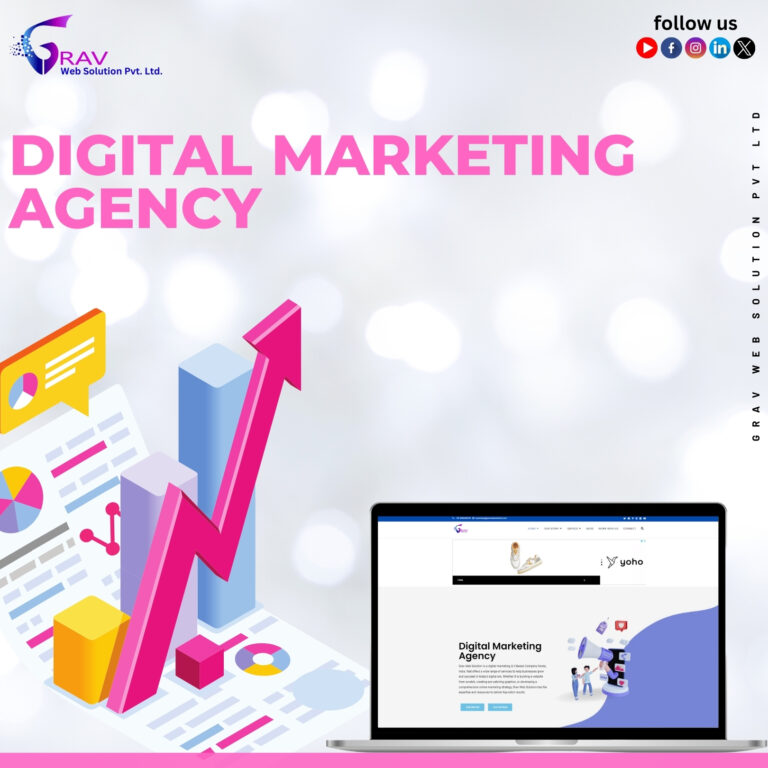Since 2019, spending on social media advertisements has been rising rapidly. As a result, it is apparent that social media ads are becoming an important part of marketing strategy for both small and large enterprises, with companies planning to spend about a fifth of their ad expenditures on them.
In the end, sponsored social media assists with audience targeting and generating revenue in the same way that organic social media does. The benefit of paying is that the algorithms at work on social media sites might make it take days for organic social media traffic to develop. Paid social media can start your campaign with an extra push at a speed that organic posts just can’t match if you’re on the clock for a brief campaign. You’ll profit from the ability to target specific customers with your ads to meet your advertising objectives in addition to maintaining views, traffic, and engagement for as long as your wallets will bear.
If your marketing goal is to raise brand awareness, paid promotion on social media can aid you in doing so.
Paid social media, including Facebook, Instagram, LinkedIn, and Twitter, can also aid in expanding your reach. Across all of the major platforms, organic reach has decreased in today’s cutthroat digital environment. For instance, Facebook’s organic reach is now only 5.2 percent, which implies that about one in every 20 fans only views the non-promoted content on your page. Even if you have 10,000 followers, only roughly 500 of them will see your carefully designed organic posts. Make paid social media your new best buddy if you want to reach a larger social audience in order to increase leads or sales.
Using paid social media promotion might also help you get better results. Just because Facebook and Twitter encourage you to invest heavily in promotional activities doesn’t mean that you will be successful. Many brands spend a lot of money on social media advertising only to get poor results because their strategies for choosing the right platforms to use at the right times and generating a lot of leads or sales were flawed. Here are some pointers to assist you stay clear of them and use paid advertising to its fullest potential.
1. Increase content quality:
Using paid social media promotion might also help you get better results. Just because Facebook and Twitter encourage you to invest heavily in promotional activities doesn’t mean that you will be successful. Many brands spend a lot of money on social media advertising only to get poor results because their strategies for choosing the right platforms to use at the right times and generating a lot of leads or sales were flawed. Here are some pointers to assist you stay clear of them and use paid advertising to its fullest potential.
2. Optimize ad performance through A/B testing:
Because individuals grow weary of seeing the same advertisements repeatedly, you will see the same results if you simply run the same old campaigns, targeted at the same audience, time and time again. You may learn what works and what doesn’t by doing A/B testing, which will enable you to perform better. You can opt to have an A/B test for
various copy using the same creative
several creatives using the same copy
identical design and copy with various calls to action
After testing, analyse the results, keep the top performance, drop the other variant, and then add a new component to the test. Repeat after me!
3. Research Your Audience Before Choosing Your Platform
It is preferable to concentrate on the platforms that have the greatest influence.
You may discover where your target market spends their internet time by conducting research on them. Create a profile of your typical client (or numerous profiles, if you have different types of consumers) using tools like Google Analytics and Facebook Audience Insights. When doing so, take into account things like:
age
gender
location
job title and industry
education level
household income
relationship status
The social media network that best fits your target audience should be selected next.
Facebook has a high presence across all demographics and is widely used by people of all ages.
Instagram has a significant age gap between its 18 to 29-year-old and older viewers, and it leans more female, urban, and younger.
LinkedIn: An older demographic (the sweet spot is between 30 and 49), skewing towards urban and non-rural areas.
In the challenging world of digital marketing today, paid advertising will help you get the most return on your investment. Although it can be paired with a solid organic growth strategy, paid promotion has a much greater potential to generate leads, sales, and awareness than pure organic efforts. Select the combination of paid marketing activities that best fits your brand and goals in order to maximise the outcomes it can deliver.
